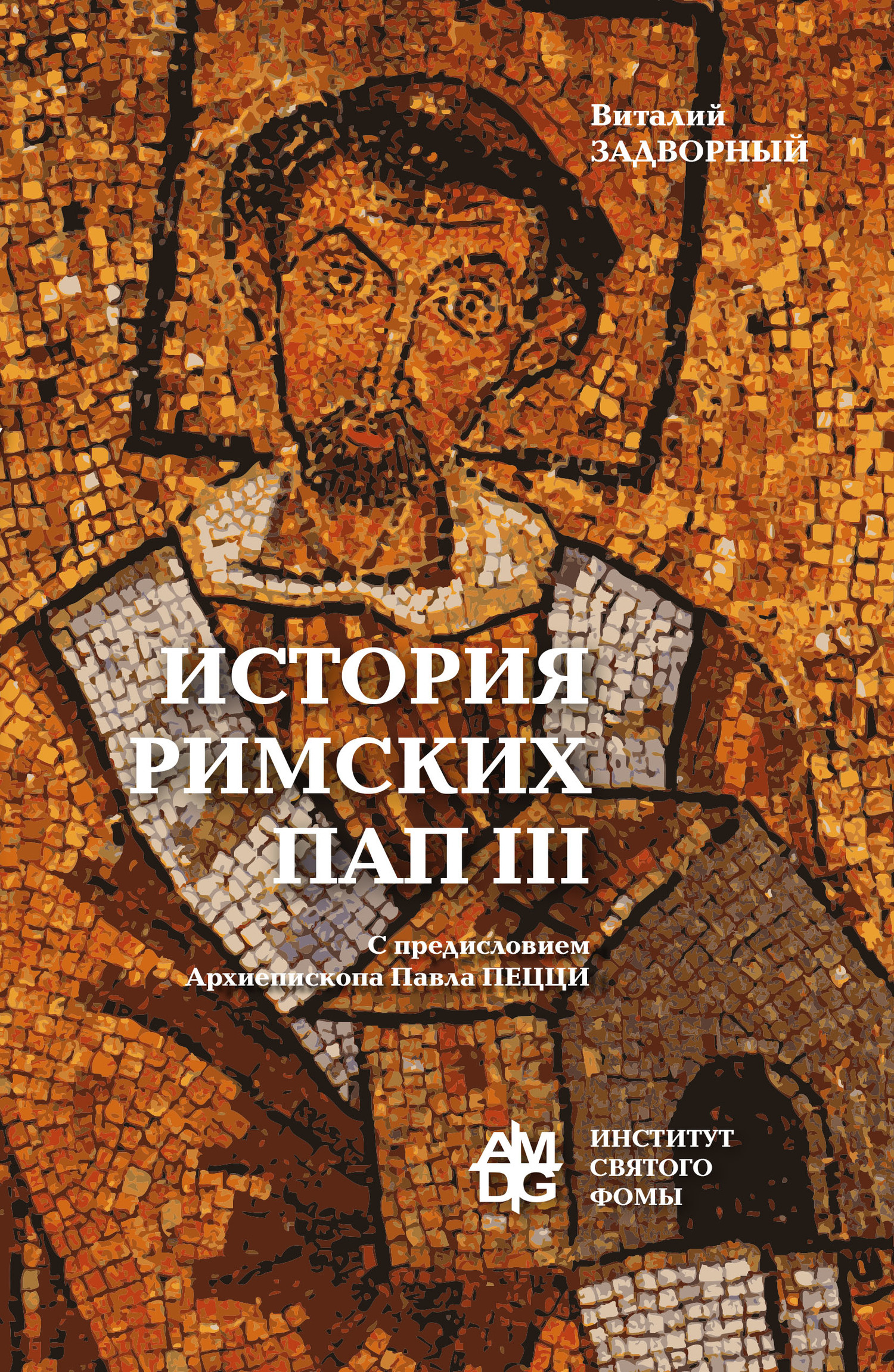Книга Дочковедение для пап - Найджел Латта
Читать книгу Дочковедение для пап - Найджел Латта полностью.
Шрифт:
-
+
Интервал:
-
+
Закладка:
Сделать
Перейти на страницу:
Перейти на страницу:
Книги схожие с книгой «Дочковедение для пап - Найджел Латта» от автора - Найджел Латта:
Комментарии и отзывы (0) к книге "Дочковедение для пап - Найджел Латта"








